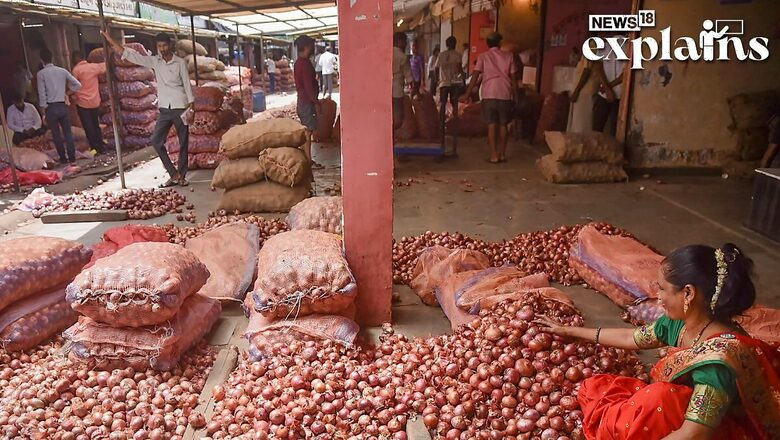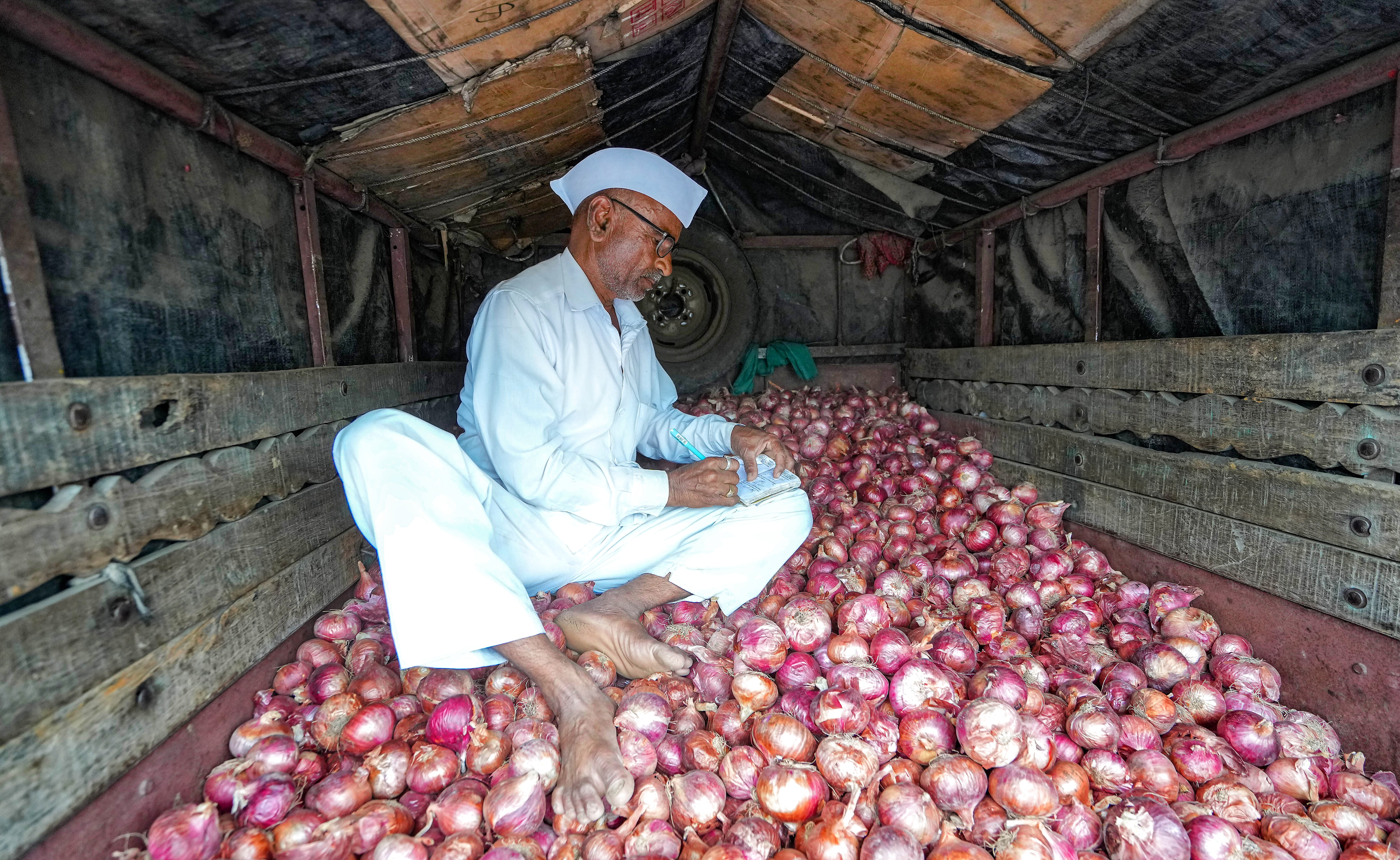
views
The government has imposed an export duty of 40 percent on onions to check price rise and availability in the domestic market- a move that has irked farmers in Maharashtra leading to protests.
Rohit Kumar Singh, Secretary at the Department of Consumer Affairs, said that a “sharp rise” was seen in the exports of onions in the recent past. The new tax would be imposed until December 31 as the government seeks to stabilise the domestic supply of onions and curbing inflation.
Consumer Affairs Minister Piyush Goyal has asserted the decision to impose 40 percent export duty has been taken to protect the consumers’ interest and added that the Centre has also decided to purchase additional 2 lakh tonnes of onion from farmers to avoid any panic selling.
Earlier in July, the government announced a ban on export of non-basmati white rice to control the soaring prices. The government is also expected to ban sugar exports to curb domestic prices.
Why Govt Increased Export Duty on Onions?
The government’s move on August 19 comes as onion prices continued to rise this month and were predicted to keep rising till September. In Nashik wholesale market, the average price of the bulb rose from Rs 1,370/quintal on August 1 to Rs 2,050/quintal on August 19. However, between March and May, the price was between Rs 500/quintal and Rs 700/quintal.
As per reports, India grew 316.8 lakh tonnes of onion in 2021-22 while the onion production in 2022-23 is estimated to be 310 lakh tonnes. Moreover, farm experts noted that the country had seen sowing onions in over 3.29 lakh hectares last year against the 3.76 lakh hectares target.

Onion crops are grown in India across three seasons- kharif, late kharif and rabi. The kharif crop is planted around July-August and harvested between October and December; the late kharif is sown between October and November and harvested between January and March. Rabi, meanwhile, is planted between December and January and harvested around end of March to May.
Maharashtra is the largest producer of onion, contributing to 39% of the overall production, followed by Madhya Pradesh at 17%. Other major states producing the crop include Karnataka, Gujarat, Bihar, Andhra Pradesh, Rajasthan, Haryana and Telangana.
Onion is a climate sensitive crop as winter frost, high temperatures and untimely rainfall can hamper the produce. The situation worsened due to the damage to the Rabi crop in March and April, when onion-growing states like Maharashtra saw unseasonal rain and hailstorm.
Why are Farmers Angry?
The farmers have been protesting since last week in various parts of Maharashtra, especially in Nashik district seeking cancellation of the decision to impose 40 percent export duty on onions.
The onions that were going in the market sold for about Rs 800 to Rs 1,200 per quintal in Maharashtra’s Nashik. The prices start surging from July and during the second week of August, it peaked to Rs 2,300 to Rs 2,500 per quintal.
As prices surged, many farmers who had stored their crops began selling their produce in the mandis. However, with the export duty, which essentially amounts to a ban, the prices at the wholesale market dropped rapidly.
Indian onions in High Demand Abroad
The domestic price rise comes at a time when the demand for Indian onion in the international market has been quite high. Indian onion is witnessing demand since key suppliers in the global market such as Egypt and Turkey have run out of stocks.
“Turkey onion will be available in a fortnight’s time. Limited stocks of Pakistan onion are available at $370,” Ajit Shah, President, Horticulture Produce Exporters Association (HPEA), reportedly said.
Between April 1 and August 4 this fiscal, 9.75 lakh tonne of onions have been exported from the country. The top three importing countries in value terms are Bangladesh, Malaysia and the UAE.




















Comments
0 comment